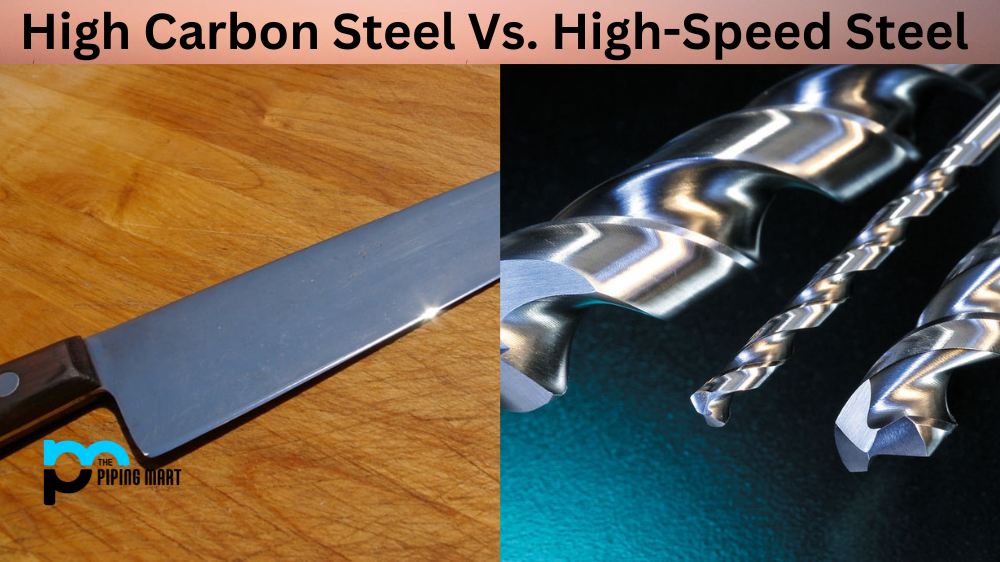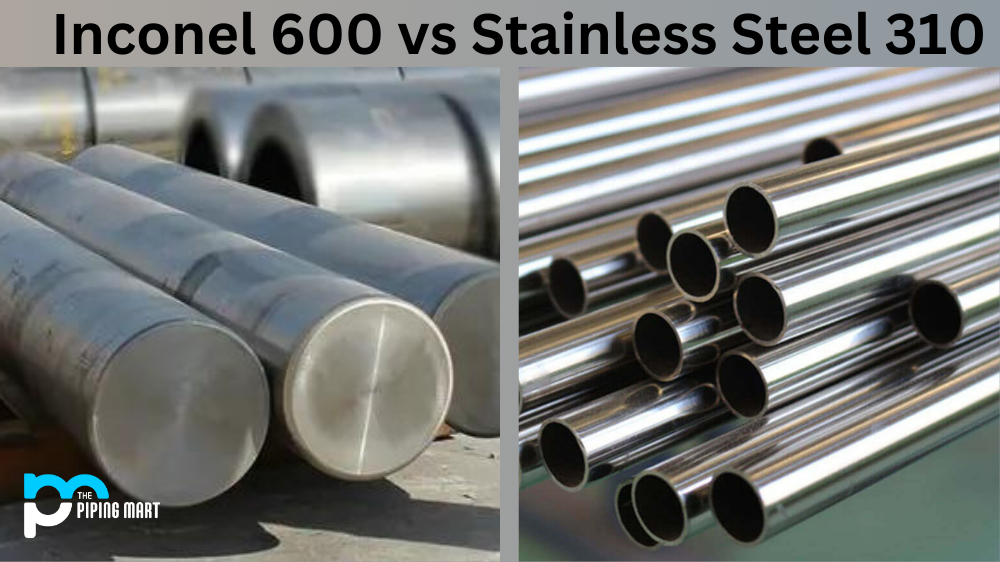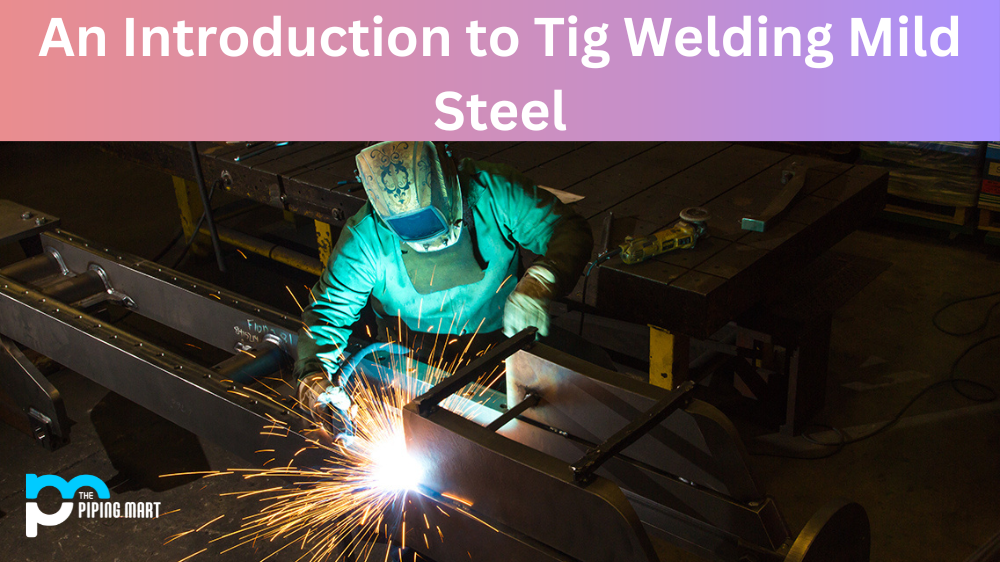We often hear the terms ‘high carbon steel’ and ‘high-speed steel’ when talking about tools. But do you know which one is right for your project? Let’s take a look at what makes these two materials different, so you can make an informed decision.
High Carbon Steel
High-carbon steel is an alloy that contains up to 2 percent carbon. It is made by combining iron and carbon, as well as other elements such as manganese, sulfur, and phosphorus. This type of steel is known for its strength and durability. It is heat-treatable, which means that the metal can be hardened or softened depending on the application. High-carbon steel is often used in applications where strength and hardness are required, such as saw blades, drill bits, axles, piston pins, punches, and chisels.
High-Speed Steel
High-speed steel (HSS) is an alloy made up of iron, chromium, tungsten, vanadium, molybdenum, and cobalt. HSS has a higher resistance to heat than other steels due to its high chromium content, which helps it to resist oxidation at elevated temperatures up to 1300 °C (2400 °F). The addition of other elements makes it more wear-resistant than regular high-carbon steel. This makes it ideal for use in high-speed cutting tools like drills and end mills, as well as in cold work applications like taps and dies sets.
HSS also retains its edge much better than regular high-carbon steel does—up to 20 times longer! This makes it perfect for applications where sharpness matters; think precision machining or tooling operations on delicate materials such as plastics or aluminum alloys.
Composition
High-carbon steel is composed of iron and carbon, with carbon content ranging from 0.6% to 1.4%. High-speed steel, on the other hand, is composed of iron, carbon, chromium, molybdenum, tungsten, and vanadium. The carbon content of high-speed steel is generally between 0.6% and 1.3%.
Properties
The main difference between high-carbon steel and high-speed steel is the amount of carbon present. The higher carbon content in high-carbon steel makes it harder than high-speed steel. However, this also makes it more brittle and less able to withstand impact. High-speed steel, on the other hand, has better impact resistance due to the addition of other elements, such as chromium and molybdenum.
Uses
High-carbon steel is typically used for applications where hardness is required, such as knives or saw blades. It can also be used for springs and bearings. High-speed steel is often used for cutting tools as it can maintain a sharp edge at high temperatures. It is also used in drill bits and taps as it can resist wearing from abrasion.
Heat Treatment
Both high-carbon steel and high-speed steel can be heat treated to improve their properties. For high-carbon steel, heat treatment can increase hardness and strength while reducing ductility. For high-speed steel, heat treatment can increase hardness and wear resistance while preserving toughness.
Cost
High-carbon steel is typically less expensive than high-speed steel as it does not contain the additional elements found in high-speed steel. However, the cost difference will vary depending on the specific grades of each type of steel.
Conclusion:
For metalworkers and machinists alike who need strength combined with heat resistance or sharpness with long-lasting edge retention respectively—high carbon steel or high-speed steel will likely be the answer you are looking for when selecting the appropriate material for your next project. Both have their strengths, but ultimately, choosing between them comes down to understanding what properties matter most for your specific application needs. With this knowledge, you can make an informed decision that will help you get the job done right!
Sakshee is a talented blogger, with a particular focus on the Business and Metal Industry. She is passionate about sharing her insights on various metal products and helping professionals to make a better decisions.




